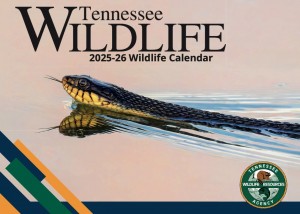Predicted rain, snow, and ice across the state overnight into tomorrow have the potential to cause a risky commute for drivers in the morning. According to data from the Federal Highway Administration, each year, nearly one in four (24%) of weather-related vehicle crashes occur on snowy, slushy or icy pavement. AAA urges motorists to be prepared before winter weather hits.
"Even the best drivers need to change their driving habits in winter weather," said Megan Cooper, spokeswoman, AAA - The Auto Club Group. "Driving in winter weather can be intimidating and conditions can change very quickly. It's imperative for drivers to know how to navigate during snowfall or icy conditions."
AAA has the following recommendations to help motorists navigate driving in winter weather:
Before you go:
-
Know the local forecast: Dial 511 on your cell phone for current traffic and road conditions.
-
Vehicle preparation: Ensure vehicles are well maintained and properly equipped for winter driving. An emergency winter kit should include a snow shovel, ice scraper, jumper cables, flares, a flashlight and some warm clothing, blankets and a fully charged cell phone or charger. Also check your vehicle's systems:
-
Battery: Cold weather can decrease the efficiency of your vehicle's battery by 30 percent, so it's important to have the battery tested ahead of time so it doesn't leave you stranded.
-
Tires: Tires should be inspected to ensure they are properly inflated and have sufficient tread depth.
-
Windshield: Check the washer fluid level and completely clear your vehicle of snow and ice prior to driving, including all lights for visibility.
-
On the Road:
-
Reduce speed and anticipate delays. Most snow and ice related crashes are caused by vehicles sliding off the road because they are traveling at speeds too great for the road and weather conditions. Posted speed limits are set for driving under optimal, dry conditions. If road and weather conditions are adverse, motorists should operate at a speed well below the posted limit.
-
Leave extra space between vehicles: Increase your following distance to eight to ten seconds. This increased margin of safety will provide the longer distance needed if you have to stop.
-
Black ice: Transparent ice may form on the roadway. If you notice ice forming on any object, assume that it is forming on the road surface as well. Bridges are usually the first surfaces to freeze. Drive slowly and, if possible, avoid driving on icy surfaces.
-
Buckle up: Ensuring that everyone in your vehicle is properly restrained is the single most effective thing motorists can do to keep themselves and their loved ones safe on the roads.










